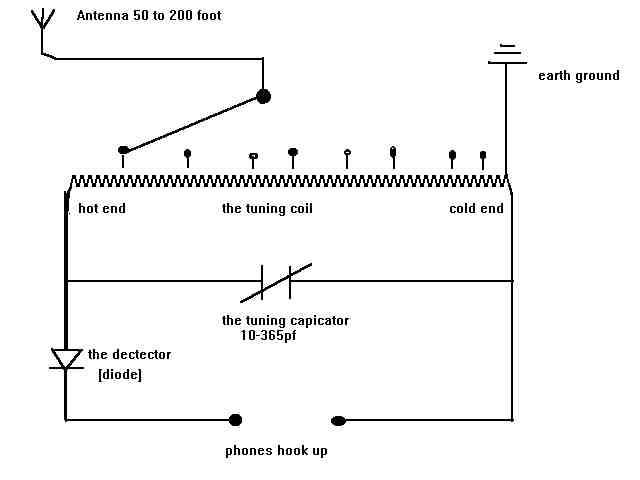i listen to the grand ole oprey on WSM radio from nashville tnn. almost every Friday and Saturday night. All the way down here in Mississippi on the gulf coast. I also listen to some SW [ short wave ] stations like WWCR on 3125kHz and on 5070kHz. i hear stations from all over the world also! This project is a very buildable project and will give the enthuesist years of enjoyment
